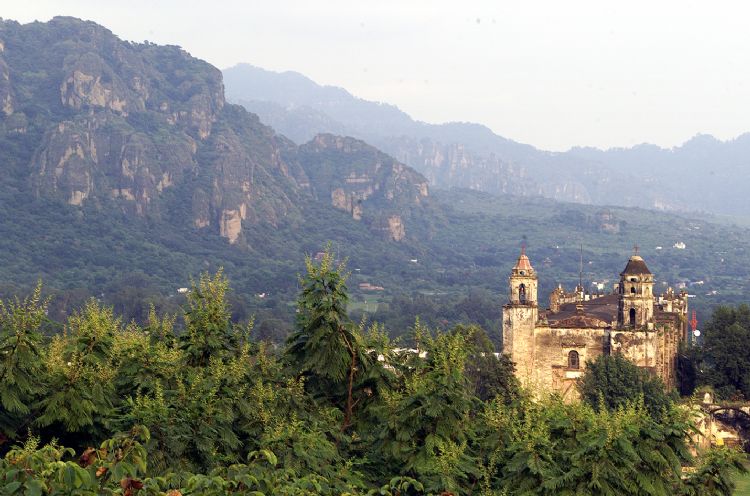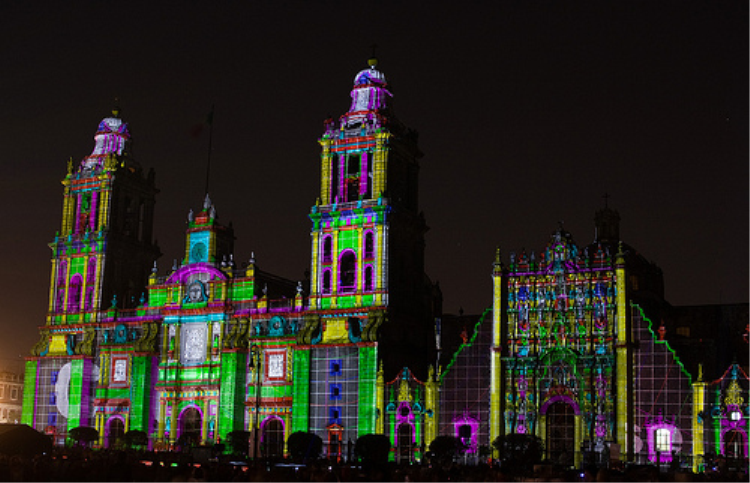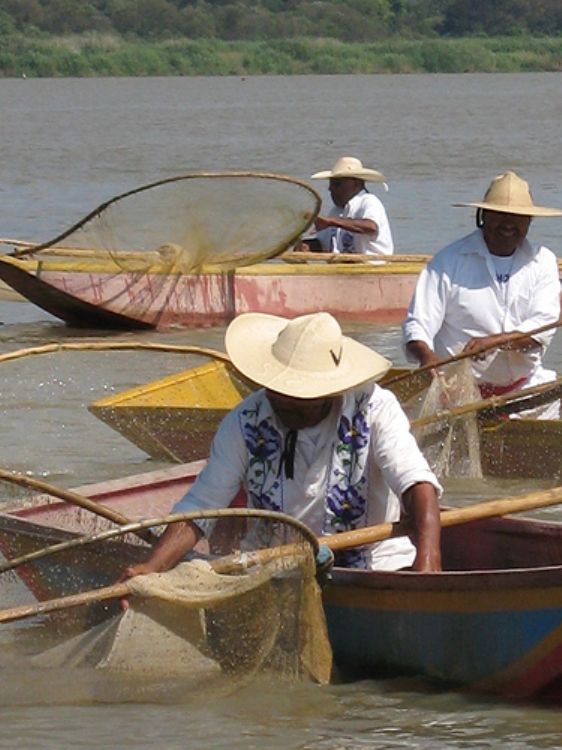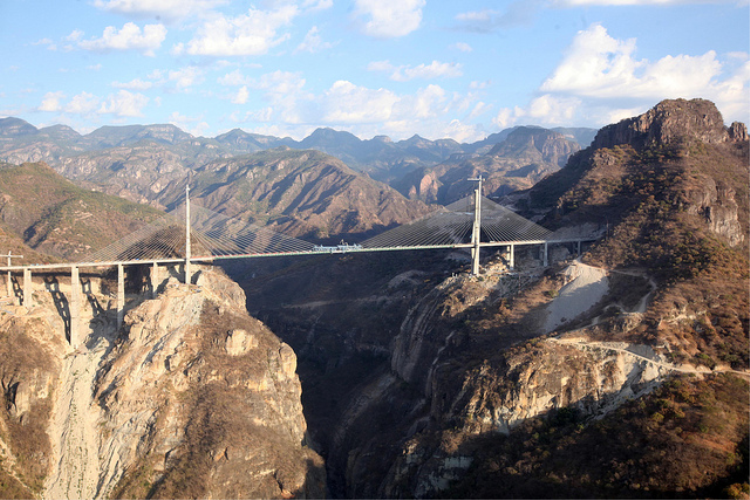Convent Route in the State of Morelos.

Soon after the military conquest of Mesoamerica, the clergy played a crucial role in establishing a scenario where to interact with natives and modify their traditions. The Spaniards were dedicated to evangelizing, changing the social native dynamics into Christian structure that modified all religious, political, social and economic aspects of the population.
They designed and built their monasteries as the main instrument in the introduction of new religious beliefs through a new architectural model that allowed the Christianization of great populations over vast territories over a short period of time. Over the buildings of each conquered town, they built a temple and a precinct for monastic life. Each church forged great buildings with European elements, vast atriums and esplanades to organize the recently conquered territories and serve as fortresses, evangelization centers and gathering areas.
Missionaries closely followed colonizers; the first religious men to arrive at Mexico were the Franciscans in 1523, followed by Dominicans in 1526 and Augustans in 1533. From Veracruz they moved towards the center of the country, up to Mexico City, where they established their first communities, but soon continued traveling to share the Christian faith with Indians, setting up their first monasteries on the skirts of the mountain range dominated by the Popocatepetl, Franciscans in Cuernavaca, Dominicans in Oaxtepec and Augustans in Ocuituco.
The 14 convents built in the 16th century on the skirts of Popocatepetl are a testimony of the evangelization forged during the Conquest and an architectural treasure recognized in 1994 as World Heritage by UNESCO. These colonial jewels are excellent examples of an architectural style adopted by the first missionaries of the 16th century, with a concept of open space that was quickly implemented throughout the country.
They built their monasteries starting with the atriumâÂÂs walls, an open chapel and the churchâÂÂs nave, at this phase, the atrium played an important role in the process of converting the natives, who were used to celebrating religious ceremonies outdoors. Finally, other elements were added, such as towers and adjacent chapels.
The tour known as the Convent Route is a trip through Cuernavaca, Tepoztlán, Oaxtepec, Tlayacapan, Totolapan, Atlatlahuacan, Yecapixtla, Ocuituco, Tetela, Hueyapan and Zacualpan de Amilpas in the States of Morelos and Puebla. This tour offers the opportunity to know and enjoy the tangible heritage of religious manifestations that left a dominant feature in the country.
The former convent of San Juan Bautista is a Dominican monastery dating from 1562; it is of great tourism and cultural interest for its mural that exhibits representations of the twelve apostles, the founders of the Dominican order and biblical scenes. The church of this imposing monastery is still at service.
The former convent of the Apostle Santiago, in Ocuituco, dates from 1534 and was the first Augustine convent built in America, even though its construction has suffered many modifications, an original fountain still shows six beautiful lions made of quarry, sculpted with great skill by Indians.
The monastery of Tlayacapan was built between 1554 and 1572, outstanding for its gothic and renaissance characteristics; it proudly displays fresco paintings in the cloister, sacristy and open chapel. Its small museum shows archeological and colonial pieces, in addition to ten mommies from the 18th century that are a historical testimony for the preservation of their clothes and shoes. It is very pleasant to visit Tlacapayan for its 27 temples and colonial portals of the main plaza.
The Totolapan abbey was built between 1533 and 1536, the cloister is still occupied by Franciscan friars who preserve the beautiful paintings and original organ. The convent of Atlatlahuacan is outstanding for being at a higher point that the rest of the town, for which historians believe it was built over a Pre-Hispanic platform. Imposingly facing the small town, its huge trees offer a seductive oasis amid an arid landscape.
The convent of Tetela del Volcan is special because it was visited by Hernan Cortes before adventuring on his trip to the Valley of Anahuac. The great realism of its murals and huge rectangle stones forming its cloister are a delight to see.
The convent of Hueyapan is probably the least interesting on the route, since only an austere façade survives; the temple is abandoned and closed. However, on the road to Hueyapan there is a town worth visiting. Alpanocan, in the State of Puebla, has a beautiful and well preserved colonial church that delights visitors with its baroque altarpiece and original bells.
The former convent of Yecapixtla is famous for its gothic rosette on its templeâÂÂs façade and a vast and sunlit cloister.
Article Produced by the Editorial Team of Explorando México.
Copyright Explorando México, All rights reserved.
Photo: www.negociosenmorelos.gob.mx






